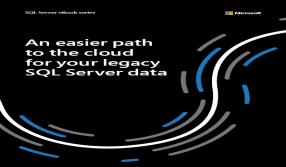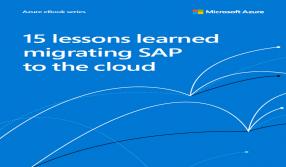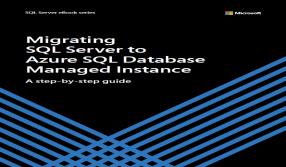The Human Factor
- BY MYB
 In Manage & Grow
In Manage & Grow 1439
1439 0
0

There were times when HR was considered an appendix. Companies evolved. HR became an important function. The evolution continued. HR became an intuitive game. Jump-cut to today. Incisive analytics have exploded on the scene, seeming to threaten what is largely seen as a realm dominated by the “human factor.”
Pundits argue over the use of analytics in HR. “How can you put numbers to human insight?” The opposition is quick to retort, “Isn’t analytics, as a function, improving decision making at an organizational level? Then why not HR?”
So, which argument is which, of this Harvey-Dent face?
A bit of both, should be the right answer. The following question is even more intriguing. “Do you use insight first and then analyze data, or do you analyze measurable data, and use insights to interpret it? Possibly, the latter.
Analytics allow experts to discover complex relationships, as well as functional and causal dependencies, minimizing human biases that are likely to creep in. The human factor allows management to use the analyses, identify outliers and drive results effectively.
Are you promoting somebody for the wrong reasons? Or worse still, are you not being able to identify the right reason for the promotion? Performance should be the first factor to be considered here. If this is measurable, which is the case in most for-profit entities, then why not use it? Couple this with your intuition and arrive at a more informed decision. Consider a more complex scenario where there is an unusual spurt in absenteeism. Is it related to work conditions, employee engagement, relationships with superiors, or a combination of all three? In most cases, these can be quantified. Apply your insights to your quantitative output and more often than not, you will make a better decision.
There is an abundance of sharp data mining and statistical tools in today’s world. Multiple regression, nearest-neighbor and stochastic modeling are only a few such techniques that can help dice data, dexterously. Human insights drive such data into actionable results. These results can further be used to fine tune data collection techniques for subsequent iterations.
This is where it becomes a self sustaining loop. The better organizations concentrate on getting this loop right. The others often struggle. Can you now isolate the “human factor” from a “mathematical” iteration? Probably not.











